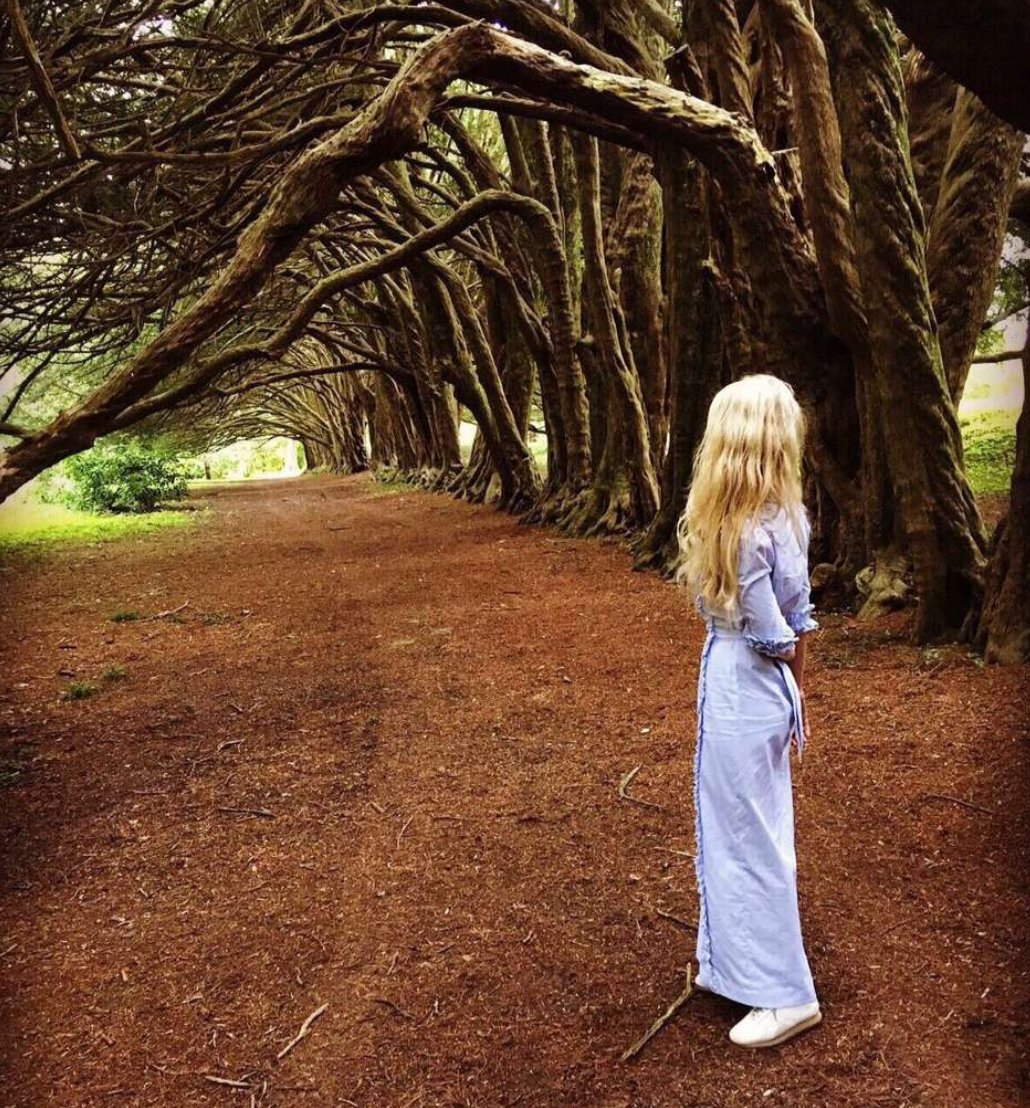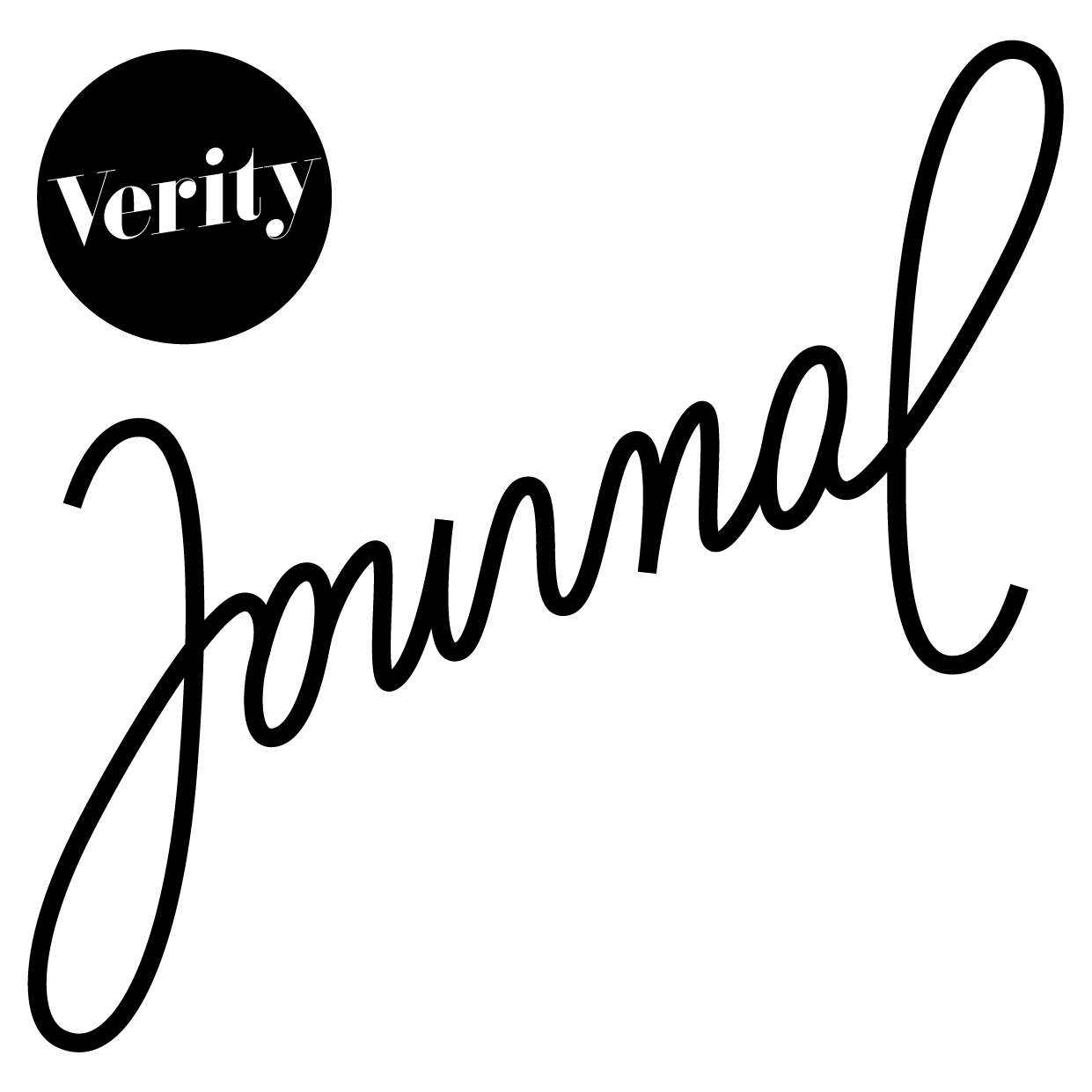Exceptional women: Rachael Thomas
Rachael grew up in Wales, studied in LA, and now lives in Ireland. She is senior curator of the Irish Museum of Modern Art (IMMA). An active researcher of life, sociology, pop culture, astrophysics and philosophy, she creates empowering and inspired Art shows.

Portrait Rachael courtesy of RT.
What do magazines mean to you? Have they informed the way you see the world? when you were a girl, what did you read most?
Magazines, books and girl mags were a vital source of humour, music and a guide to being ‘grown up’. I began my love of reading through girls mags; Bunty, Judy, and Vogue and in my teen years, and music fanzine magazines such as Smash Hits. These evolved to National Geographic and specialist art, science and philosophy magazines, alongside books, really anything I could get my hands on and read, it was a form of knowledge and imagination to be discovered. My obsession with books and reading still extends to now.
How do feel about the internet in all that?
I feel that he internet can be a valuable gateway and research tool, though nothing can replace the sacred feeling of a book in the hand. The relationship of art and the internet is exciting, art is obviously a really visual medium, so I think platforms like Instagram and Pinterest have really opened up an appreciation, and an audience, for the visual arts. I can see it myself on my own Instagram and on IMMA’s Instagram where there is a really strong community talking about, and sharing, their experiences of art. As a curator it can be really inspiring to see the photos people take when they visit shows at IMMA – it gives me an opportunity to see the work through their eyes. Certain work is more easily communicated visually than others so there is a concern that more ‘instagrammable’ work gets to be more popular simply for that reason. It will be interesting to look back in 3 or 5 years to see if social media affected the sort of art being made.
What did you study at uni? How did you become an art curator, from the time you were a student at university, till now?
I studied English Literature and History of Art at Bristol University, followed by a Masters in Museum Studies through the Los Angeles County Museum of Art, and a Millennium Fellowship at the Tate. I was inspired by the American Feminist artist Eleanor Antin to be a curator, to take action, have courage and believe! She really is pioneer and opened my eyes to the world of the artist. Curating is a combination of scholarly research, imagination and above all a respect and support for the vision of the artist.
You are also a researcher, what subjects would you like to know more about and why? Do you see your art exhibitions as social experiments?
Research is an essential in preparing exhibitions of contemporary art. Exhibitions themselves are a site in which audiences can connect with the vision of the artist. In this sense, exhibitions are alive! They are unfolding experiments in that there is no telling how the audience will react – though this unpredictability is part of the purpose. The exhibition breathes and evolves, utilising the space with the museum to forge an open-ended engagement between artist and audience. It proffers a ‘heterotopia’, a spatial zone that accommodates a shifting sense of time and place – a place to explore these gateways, to wonder or consider everyday life.
You co-curated an exhibition called What we call Love, with The Pompidou Centre, what gave you the idea to do this? What does Love mean to you?
Love – when we talk about love – and what we call love – a multitude of possibilities open up before us, it means so many things. As we tread the echoes of thoughts and words already spoken on this contemplated subject; poets have reached beyond the sun and the stars in attempting to define soul-entwining partnerships; the complexities and mysteries of romantic feelings have been considered by artists, writers and scientists for centuries. What is interesting, in this digital age that ‘what is love?’ consistently ranks amongst the most searched phrases on Google, according to the company. To take up the idea of a show on « Love » was a risk, a brave move for IMMA. Love is a subject of great relevance in Ireland today, as our understanding and definitions of love expand with the changing face of contemporary society. The historic marriage referendum in May 2015 (when this show was exhibited) prompted huge public involvement in the issues surrounding the vote and demonstrated how important our personal understating of love is to all of us. My co-curator on the exhibition, Christine Macel of the Centre Pompidou, wrote in the catalogue for What We Call Love that the purpose of the exhibition was not to say what love is, but rather how love has and continues to be portrayed in the art of the 20th Century and today. What love to means to me, I would have to quote the Human League’s song Love Action (I believe in Love) –
When you’re in love
You know you’re in love
No matter what you try to do
You might as well resign yourself
To what you’re going through
You have met hundreds of world renowned artist and young talents, of all your encounters, who has inspired you the most?
I’m inspired by every artist, and each one teaches you something new. Particularly special connections for me have been with Etel Adnan, Alejandro Jodorowsky, Alex Katz, Allen Ginsberg, Louise Bourgeois, Frank Bowling, Phillipe Parreno, Eleanor Antin and Monir Shahroudy Farmanfarmaian.
Do you have a criteria for judging good art? Is it just a feeling?
It’s based on a combination of academic knowledge, instinct, and whether it provokes a new way of seeing on behalf of the viewer.
What does womanhood mean to you?
My attitude to womanhood is encapsulated by the quote from 19th Century French female novelist George Sand:
“You can bind my body, tie my hands, govern my actions: you are the strongest, and society adds to your power; but with my will, sir, you can do nothing.”
READ the full interview in Verity Magazine No.2
Rachael’s newest exhibition is currently showing in Ireland’s Museum of Modern Art.
« Desire, a revision of the Twentieth Century to the digital age »


